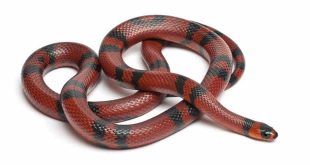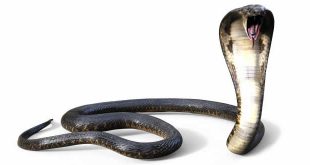 Musk Turtle — A fiesty little turtle with two light stripes on head, barbels on chin and throat. Carapace smooth or with 3 keels, unserrated, highly domed, and elongated; olive-brown to dark gray and often obscured by a layer of algae. Juveniles have keeled and patterned carapaces with irregular dark streaks, or spots. Plastron small, with 11 scutes and a single inconspicuous hinge. Males tail ends in a blunt, horny tail; inner surface of hind legs bears two small patches of tilted scales. Female’s tail very short, may end in a sharp horny tip.
Musk Turtle — A fiesty little turtle with two light stripes on head, barbels on chin and throat. Carapace smooth or with 3 keels, unserrated, highly domed, and elongated; olive-brown to dark gray and often obscured by a layer of algae. Juveniles have keeled and patterned carapaces with irregular dark streaks, or spots. Plastron small, with 11 scutes and a single inconspicuous hinge. Males tail ends in a blunt, horny tail; inner surface of hind legs bears two small patches of tilted scales. Female’s tail very short, may end in a sharp horny tip.
Nests February-June, depending on latitude. Mates underwater. Lays 1-9 eggs–off-white with stark white band, thick-shelled, elliptical, 11/8″ in a shallow nest under rotting stump or in wall of muskrat lodge. Incubation takes 9 to 12 weeks
Habitat
Freshwater; prefers quiet or slow moving shallow, muddy-bottomed waters.
Range
S. Ontario and coastal Maine to florida, West to c. Texas, north to s. Wisconsin.
Also called musk turtle or Stinking Jim. When disturbed, it secretes a foul smelling, yellowish fluid from 2 pairs of musk glands under the border of the carapace. Males are aggresive and bite readily. Stinkpot’s long neck can bring its jaws as far back as its hind limbs. In early spring it likes to bask in shallows or amid floating vegetation with the center of its carapace exposed to the sun. Highly aquatic, stinkpots rarely leave the water, but they will occasionally climb trees to bask. Stinkpots annoy fisherman by grabbing bait. One lived in captivity for almost 55 years.
 Kids Portal For Parents India Kids Network
Kids Portal For Parents India Kids Network


